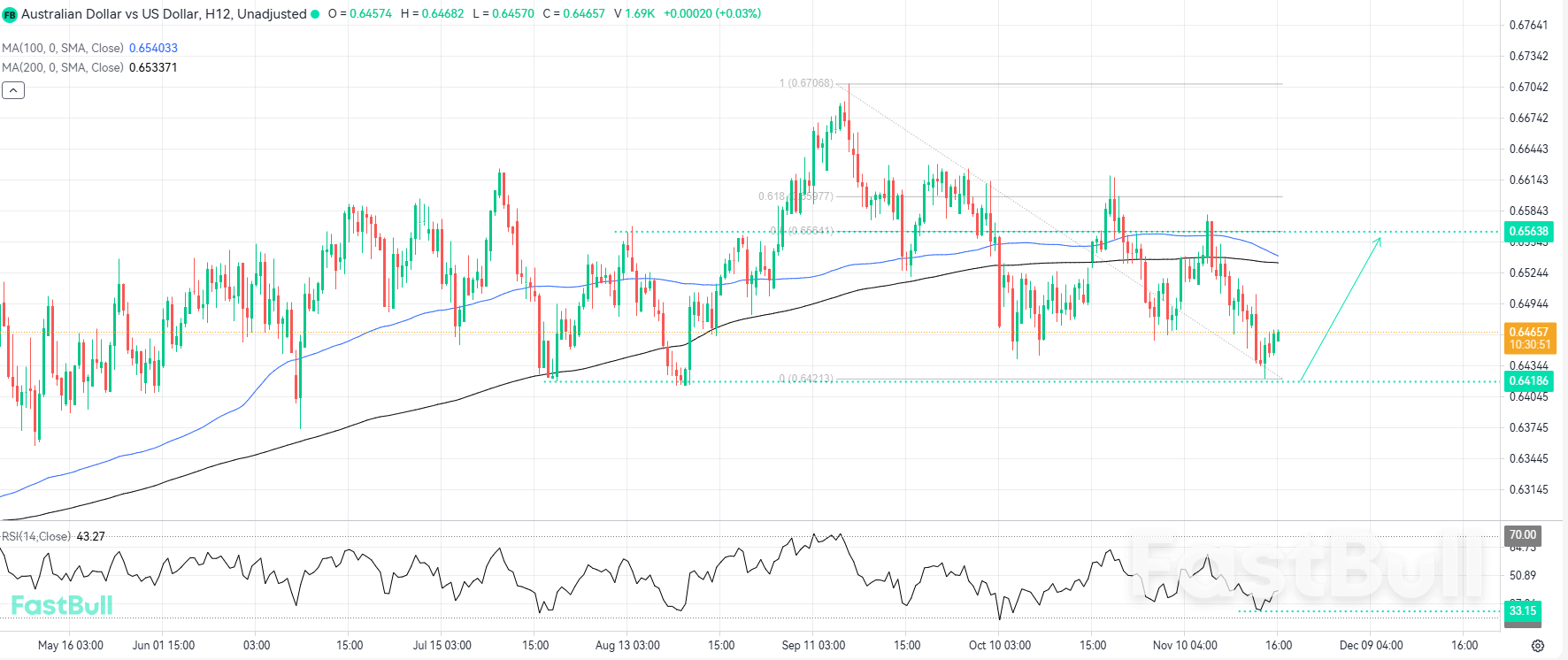Federal Reserve Governor Christopher Waller publicly supported a December rate cut but stated that a move in January is less certain. In an interview with Fox Business, Waller noted, "The bulk of the private sector and the anecdotal data we’ve received indicates that nothing has really changed. The labor market is weak; it continues to weaken."
Meanwhile, San Francisco Fed President and Fed Governor Mary Daly, speaking in a Wall Street Journal interview, maintained her belief that the Fed can successfully guide inflation back to its 2% target. Daly suggested that the risk of an inflationary flare-up is diminished, given that cost increases driven by tariffs have been more moderate than anticipated earlier this year. Adding to the dovish chorus, New York Fed President John Williams stated last Friday that the Fed could still cut rates in the "near term," significantly increasing the probability of action in December.
Last week's U.S. economic data provided mixed signals but suggested resilience. September's Non-Farm Payrolls (NFP) increased by 119,000, comfortably beating expectations of a 50,000 rise. However, the August NFP reading was revised significantly lower, showing a loss of 4,000 jobs instead of the previously reported gain of 22,000. The Unemployment Rate rose to 4.4%, modestly above the 4.3% estimate, hitting its highest level in four years.
Wage growth showed moderation, with Average Hourly Earnings rising 0.2% month-over-month (MoM) in September, falling slightly short of the 0.3% expectation and softer than the previous 0.4% rise. On an annual basis, wages expanded by 3.8%, matching the prior reading and marginally beating the 3.7% forecast. Average Weekly Hours remained stable at 34.2, in line with expectations. Despite the Federal Open Market Committee (FOMC) being openly divided, the collective commentary from key Fed officials has increased the implied probability of the central bank reducing borrowing costs at the December 9-10 meeting.
The Australian Dollar (AUD) was one of Monday's worst-performing major currencies, primarily due to escalating geopolitical tensions between Japan and China, two of Australia’s main trading partners. China's Foreign Minister, Wang Yi, asserted that Japanese Prime Minister Takaichi had "crossed a red line" by suggesting a Chinese action against Taiwan would trigger a military response from Japan.
The growing tensions in an already volatile region have largely offset the impact of positive Australian economic data seen last week. Preliminary PMI data revealed that Australian manufacturing activity rebounded to growth levels in November, following a contraction in October, and services activity accelerated for the second consecutive month. These domestic indicators reaffirmed the Reserve Bank of Australia's (RBA) cautious, data-driven posture.

Technical Analysis
The AUD/USD pair has approached a critical level, signaling a potential change in direction as it nears the 0.6418 support mark. This price point is highly significant, having previously triggered strong bullish impulses on two separate occasions. If this historical pattern repeats, we could anticipate a renewed upward move from this zone, targeting the next major resistance at 0.6563. This level is particularly attractive as it perfectly aligns with the 0.50% Fibonacci retracement, adding technical confluence that suggests this will be the objective of the new bullish impulse.
The Relative Strength Index (RSI) has dropped to 33.15, rapidly approaching oversold territory. This reading is likely to draw the attention of potential buyers to this zone. Furthermore, the 100-period and 200-period Moving Averages (MAs) are closely aligned near the bullish target at 0.6540 and 0.6533, respectively. Should the price decisively break below the 0.6418 support level, it would negate the current bullish setup and open the door for a more prominent decline.
Trading Recommendations
Trading direction: Buy
Entry price: 0.6466
Target price: 0.6563
Stop loss: 0.6410
Validity: Dec 05, 2025 15:00:00













